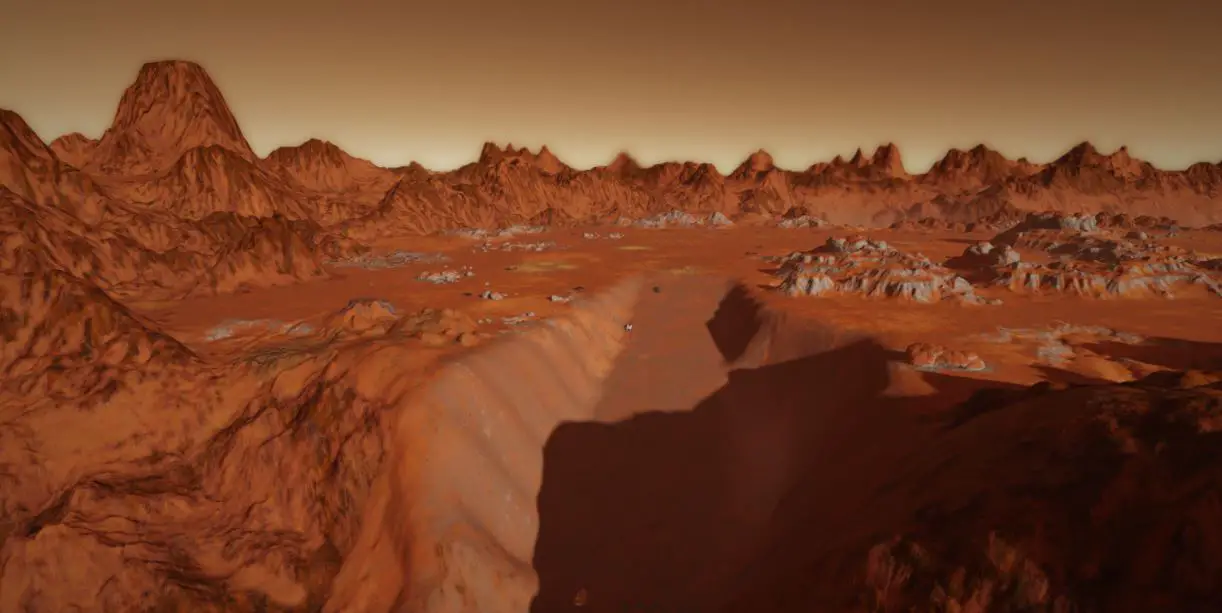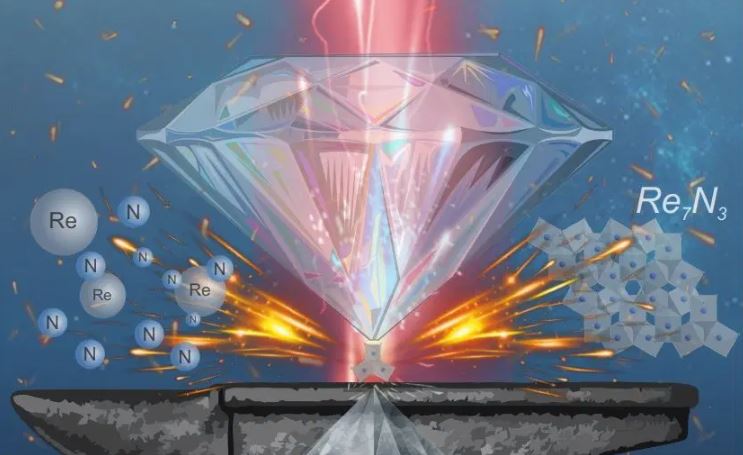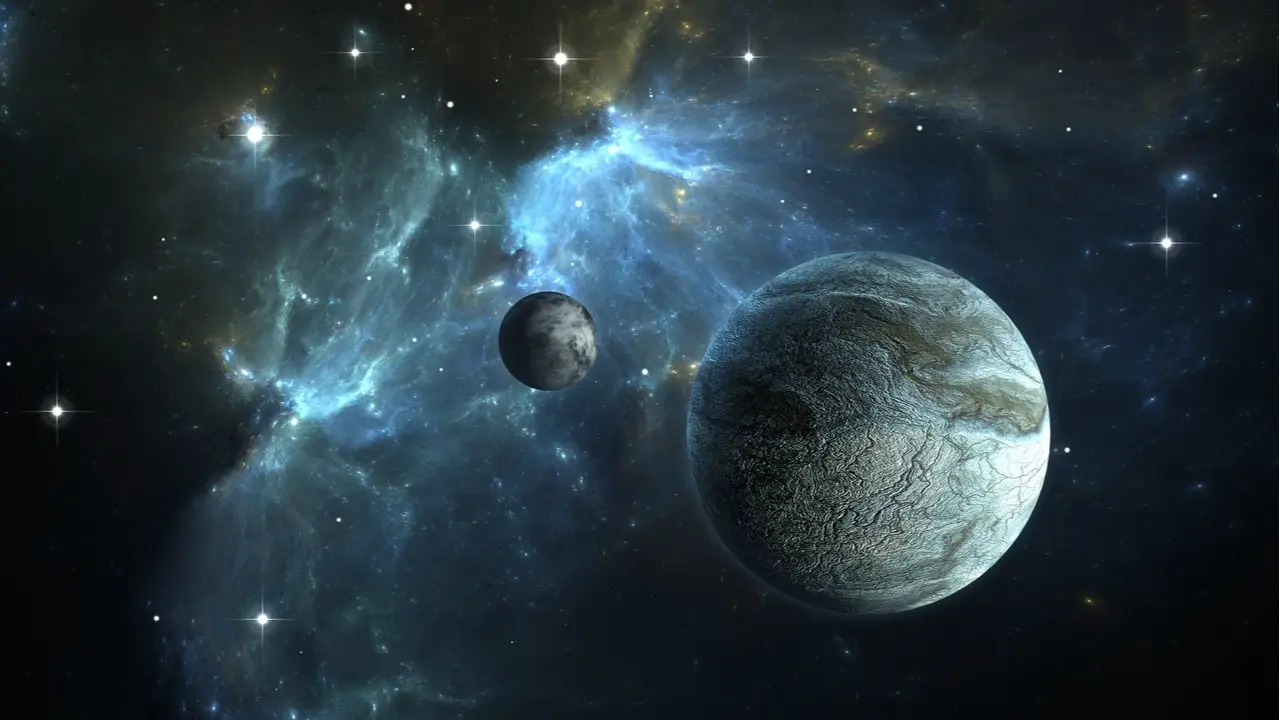The ten-year reports of the National Research Council of the United States, which outline NASA’s strategies in the fields of exploration and space science and recommend missions to it, are eagerly awaited.
A few days ago, the report on planetary sciences and astrobiology for the period 2023-2032 was made public. It details the missions that will be carried out during this decade and the scientific objectives to be achieved.
New discoveries to make in NASA’s new ten year program
After the ten-year report on astronomy and astrophysics for the period 2023-2032, unveiled in November 2021, the National Research Council of the United States has just released its ten-year report on planetary sciences and astrobiology . This new report explores key questions in planetary science to help NASA define its exploration priorities for the decade 2023-2032 .
The ten-year reports of this prestigious institute are eagerly awaited by the American scientific community. A sort of compass, they are strong indicators of the lines of research and orientations of NASA’s ten-year strategies in the fields concerned. They therefore direct several billion dollars of funding towards destinations identified as presenting major scientific interests.
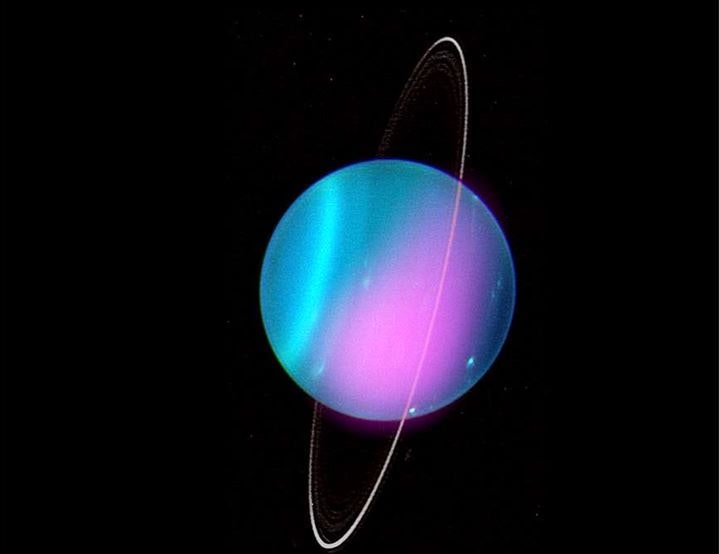
This new report has identified Uranus and Enceladus as two priority targets. Before choosing Uranus , the Scientific Committee ( which wrote this ten-year report ) evaluated the possibilities of missions to Neptune and Uranus but concluded that a mission to Uranus was preferable. None of the mission concepts reviewed could be implemented in the 2023-2032 decade with currently available launchers. The report therefore recommends sending a probe around Uranus to study the planet, its rings and its moons .
Thus, a probe would be deployed in the atmosphere of the planet which was visited only once by Voyager 2 in 1986. The mission, whose cost is estimated at 4.2 billion dollars, could be launched as early as 2031 aboard a SpaceX Falcon Heavy and would reach Uranus in just 13 years and using gravitational assistance from Jupiter .
Discover life in the recesses of the surface of Enceladus
Concerning Enceladus , the mission concept retained by the report is very ambitious with an orbilander probe whose main objective will be to study the plumes of gas and particles, coming from its underground ocean, which are projected into space.
In addition, the conditions on Enceladus make it possible to directly study the habitability of an ocean world and determine whether it is inhabited or not . This answers one of the most fundamental questions: is there life beyond Earth and if not, why?
Orbilander would spend a year and a half circling Enceladus and sampling these plumes before landing on the icy surface of this small Saturnian world for a two-year mission to search for evidence of life. The mission, whose cost is estimated at 4.9 billion dollars, could be launched in the late 2030s aboard an SLS heavy rocket or a Falcon Heavy with a landing in the early 2050s.
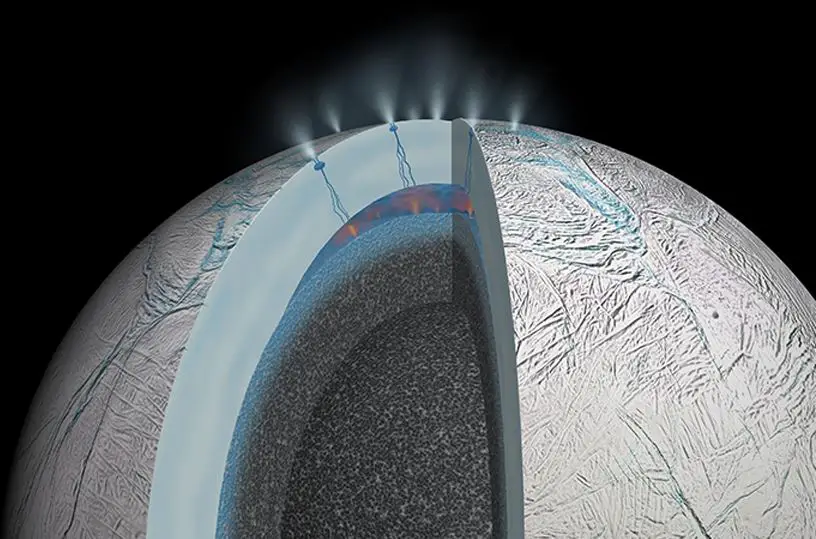
In the field of Mars exploration, this report recommends that NASA continue its efforts and complete the Mars sample return mission as quickly as possible while remaining within a budget of approximately $5.3 billion.
This mission had been identified as a priority in the previous ten-year report. This new report prioritizes the Mars Life Explorer (MLE) mission. Unlike Perseverance and MSR which instead focus on extinct bio-signatures, MLE will search for active life forms and assess the habitability of the planet today.
This $2.1 billion mission could be launched in the mid-2030s. Regarding exploration robotics of the Moon, the Committee recommends the Endurance the objective of which is to travel 2,000 kilometers around the Aitken basin of the South Pole and to collect a hundred kilograms of samples.
The originality of this mission is that these samples will be delivered to the astronauts of the Artemis missions who will be responsible for bringing them back to Earth.
With this return strategy, $1.9 billion mission can be reduced to about $1 billion. That involved both a rover and a sample (only about two kilograms of lunar matter) return to earth that could not have returned otherwise.
Four other mission concepts were reviewed, but the committee refused to approve them due to the costs and technologies required being a little too “cutting edge”. It is a mission to Neptune and landers on Europa (satellite of Jupiter), Mercury and Venus .
The report also identified and selected destinations of great scientific interest for future NASA New Frontiers missions:
- a mission around and on a centaur asteroid ;
- return of samples from Ceres ;
- return of samples from a comet ;
- multiple flybys of Enceladus;
- Lunar Geophysical Network ;
- probe inside Saturn ;
- orbit around Titan ;
- mission on the surface of Venus.
Concretely, the report recommends that NASA select one of its concepts for New Frontiers 6, the selection of which is scheduled for the end of this decade.
For New Frontiers 7, the selection of which will take place in the early to mid-2030s, the choice will be made from this list of concepts, with the exception of the one selected for mission number 6 of the program. To this list, the report recommends adding a mission to Triton , one of Neptune’s satellites.
Finally, in the area of planetary defense, the report supports continued work to achieve the goal set by Congress in 2005 of discovering and characterizing 90% of near-Earth objects (NEOs) at least 140 meters of diameter.
However, he recommends that NASA work on discovering as many smaller objects as possible. In this context, the NEO Surveyor space telescope is strongly supported. Strong support for the mission whose last budget proposal for fiscal year 2023 reduced the mission’s budget, pushing back its launch by at least two years (2026).
After NEO Surveyor, the report recommends carrying out a mission to one of these near-Earth objects, 50 to 100 meters in size, in order to better prepare a response to a threat from a short -lived NEO .


